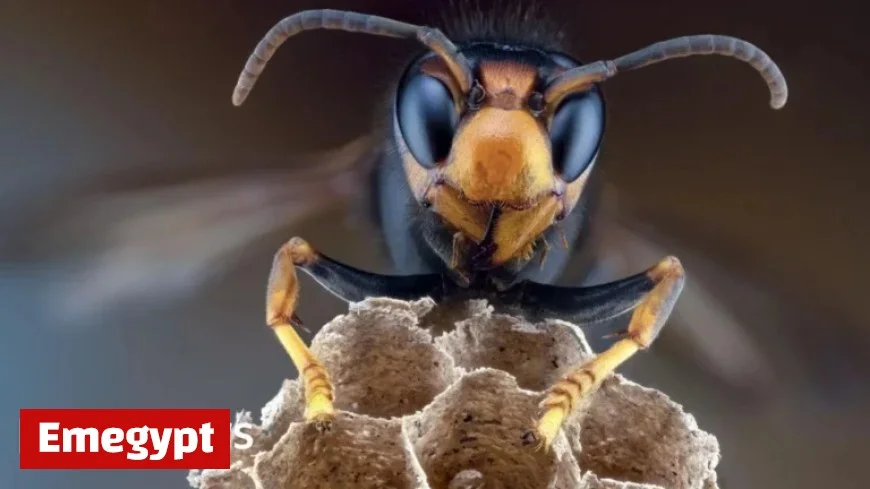Northern Ireland Alert: Public Urged to Stay Vigilant Following Dundonald Discovery of Asian Hornet

A recent discovery of an Asian hornet in Dundonald, Northern Ireland, has prompted local authorities to urge the public to remain vigilant. The insect was identified by a member of the public on Friday, October 10. This marks the first recorded sighting of the Asian hornet in the region.
Concerns About the Asian Hornet
The chairperson of the Ulster Beekeepers’ Association, Valentine Hodges, has expressed significant concern regarding this discovery. She highlighted that the Asian hornet poses a considerable threat to honey bees, native wasps, and other insects vital for biodiversity. “It can have a big impact on biodiversity and pollinator services,” she stated.
Public Awareness and Reporting
To aid in identifying the hornet, it is crucial for the public to know what to look for. Hodges encouraged downloading the Asian Hornet Watch app, which helps users identify and report sightings. This application can play a pivotal role in controlling the spread of this invasive species.
Understanding the Asian Hornet
The Asian hornet, which originated in East Asia, was first documented in France in 2004. This species is typically active from April to November, with peak activity in August and September. Adults measure approximately 2 cm in length, characterized by a mostly black and brown body, an orange face, orange tail, and yellow legs.
- Active Months: April – November
- Size: Approximately 2 cm
- Color: Black and brown with orange facial and tail features
These hornets primarily feed on an extensive array of species, exceeding 1,000, which includes honey bees, bumblebees, butterflies, and beetles. Their nests can typically be found in hedges or near the ground.
Recent Sightings and Official Response
While the Dundonald sighting is alarming, there have been other reports. Recent nests were destroyed in County Cork earlier this summer, and increasing incidences have been noted in southern England. In light of the recent sighting, Environment Minister Andrew Muir emphasized the need for prompt action to prevent the establishment of this harmful species.
Monitoring and Public Participation
The Northern Ireland Environment Agency (NIEA) has initiated a monitoring program that includes live traps and visual surveys. They aim to ascertain whether the Dundonald hornet is an isolated incident or if more are present. If additional hornets are confirmed, intensive measures will be taken to locate and eliminate any nests.
The public’s cooperation is vital. Reports of any suspected Asian hornet sightings, ideally accompanied by photographs, should be directed to the Department of Agriculture, Environment and Rural Affairs (DAERA).
Final Thoughts
As climate change progresses, new species like the Asian hornet are becoming more prevalent in the UK, making public awareness and vigilance more important than ever.




























